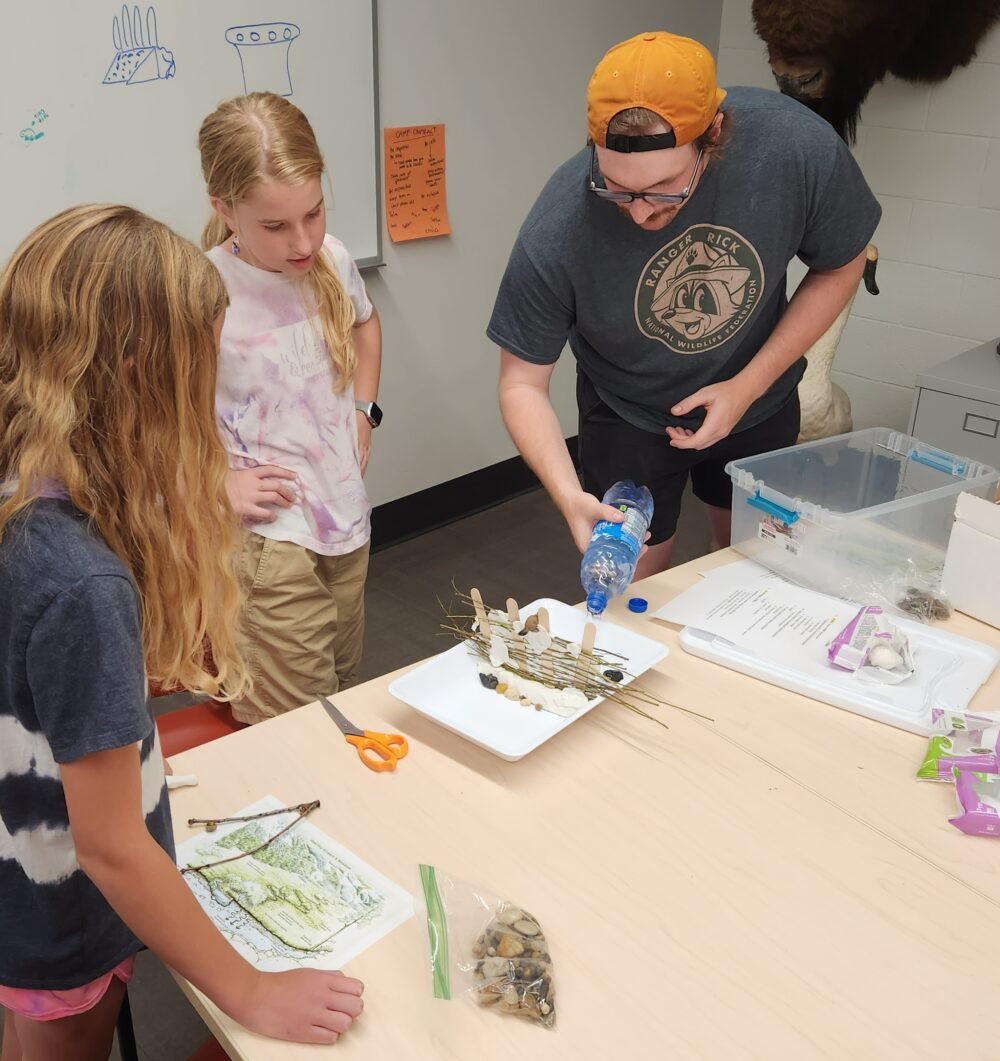We have much more to do and your continued support is needed now more than ever.
The Art of Sustainability
I imagine that I sat at a desk for most of my grade school education though I can’t say I recall much of those lessons. I can however recall the times that we went outside or got to create something new. In fact I remember quite a few of our outdoor experiences and art projects. Nature and art were always sure to grab my attention.
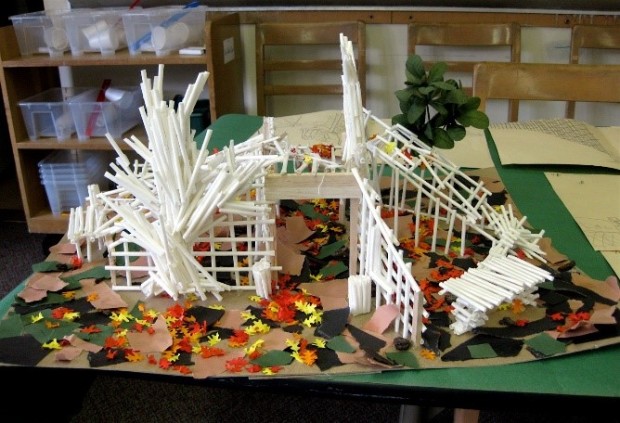
In today’s world of changing curriculum standards and pressure to perform on standardized tests, how can teachers manage to include anything beyond the basics? The answer may be simpler then you think. Eco-Schools are finding that art and sustainability are not on the periphery of science and academics; rather they are at the very center. By teaching through the lens of creativity and environmental awareness, we elevate these lessons to become memorable experiences.
“Art is a shared experience that should be a part of every discipline. It has the power to communicate on a visceral level” says artist Pat Brentano.
Weaving Art Into Instruction
Pat is one of five artists who presented their work at the NJ Eco-Schools professional learning series webinars. Each webinar focused on an Eco-School pathway and featured discussions with statewide stakeholders in student learning and presentations from artists who use their craft to demonstrate sustainable practices.
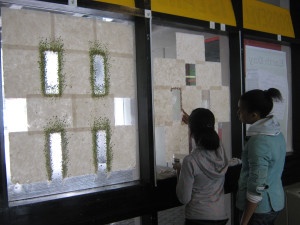
This doesn’t sound like a lesson they are likely to forget. By stepping outside of the usual routine and offering students a hands-on role in the learning process we create opportunities for active participation. Lessons on sustainability give real world meaning to math and science applications while art creates a bridge across all learning styles for individualized learning.
Teacher Colin McClain from an Eco-School in Egg Harbor Township, NJ says “The environment is something that these kids can take ownership of. It is their planet after all. And Eco-School projects fit easily into core curriculum. From designing the outdoor classroom to calculating the carbon output per light bulb in the school we are constantly incorporating science, technology, engineering, art and math into this work.”

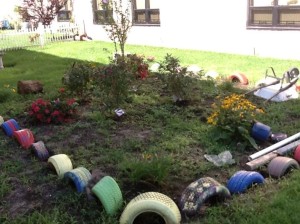
Functional art has its place in sustainability too. Teacher, Debra DeAngelis of Allamuchy hopes to add some green infrastructure to school grounds and is inviting her class to create rain barrels that double as works of art. Students are in the process of drawing their designs now and hope to begin painting the rain barrels in the spring.
Opportunities to incorporate art, sustainability and STEM into valuable learning experiences are everywhere. Give your child something to remember.
About the Author
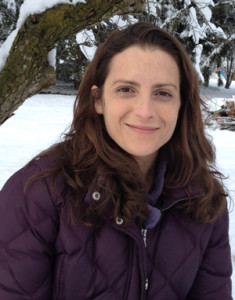 Jessica Brown is a Communications Consultant with National Wildlife Federations Eco-Schools USA program in New Jersey. As a mother and a hiker, Jessica is an advocate for children spending more time in nature. Jessica has over 10 years of experience in philanthropy and communications in the non-profit sector and most recently worked for The Nature Conservancy.
Jessica Brown is a Communications Consultant with National Wildlife Federations Eco-Schools USA program in New Jersey. As a mother and a hiker, Jessica is an advocate for children spending more time in nature. Jessica has over 10 years of experience in philanthropy and communications in the non-profit sector and most recently worked for The Nature Conservancy.




















